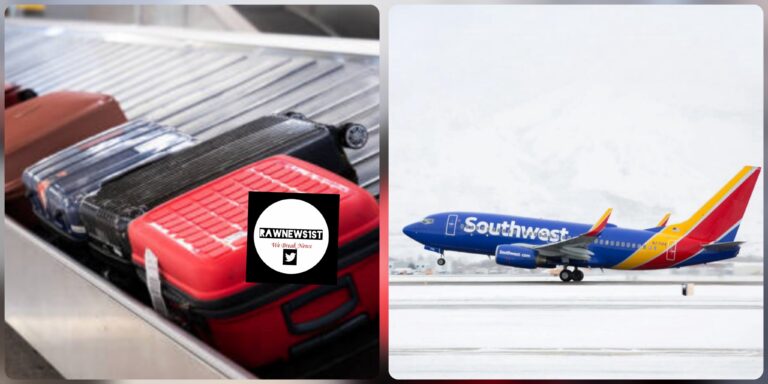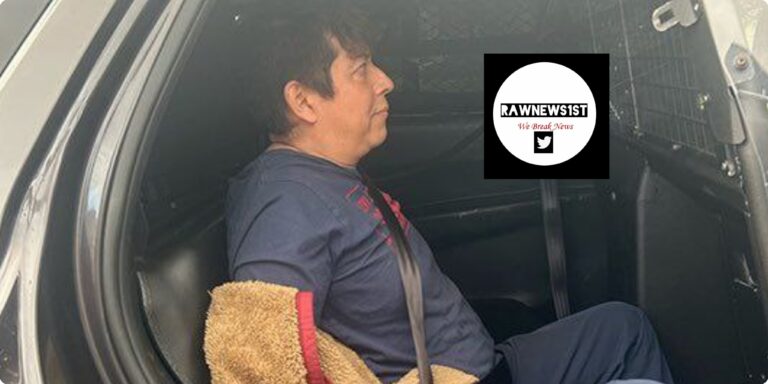
András Gáspár at the University of Arizona and his colleagues observed Fomalhaut using the James Webb Space Telescope (JWST) and the Hubble Space Telescope.
We already knew that Fomalhaut had a huge outer disc of rocks and dust, similar to our solar system’s Kuiper belt, but the predicted inner asteroid belt had never been directly observed before.
“We thought that it would have a narrow asteroid belt like our own solar system, but it turns out it’s very different,” says Gáspár. Our asteroid belt is about 1.5 astronomical units across – 1 AU is the distance between Earth and the sun – while Fomalhaut’s inner asteroid belt stretches from about 7 AU from the star to about 80 AU out.
That is about 10 times broader than expected.
There also appears to be a sort of intermediate asteroid belt between the inner belt and the outer disc, but it is tilted by about 23 degrees from the plane of the other two belts.
This dense strip of debris solves a long-held mystery about Fomalhaut – the source of the material that makes up its famous dust cloud, Fomalhaut b. This was once thought to be a planet but is now considered most likely to be a remnant from two protoplanets smashing together.
JWST has taken astonishing images of debris orbiting a nearby star
“One of the critiques of the models of Fomalhaut b being the result of a big collision was the idea that there was no material inside of these Kuiper belt-like rings, and these new observations show that yes, there is, especially at the region where Fomalhaut b supposedly originated from,” says Gáspár.
Full Link ( Here )
© CopyRights RawNews1st




